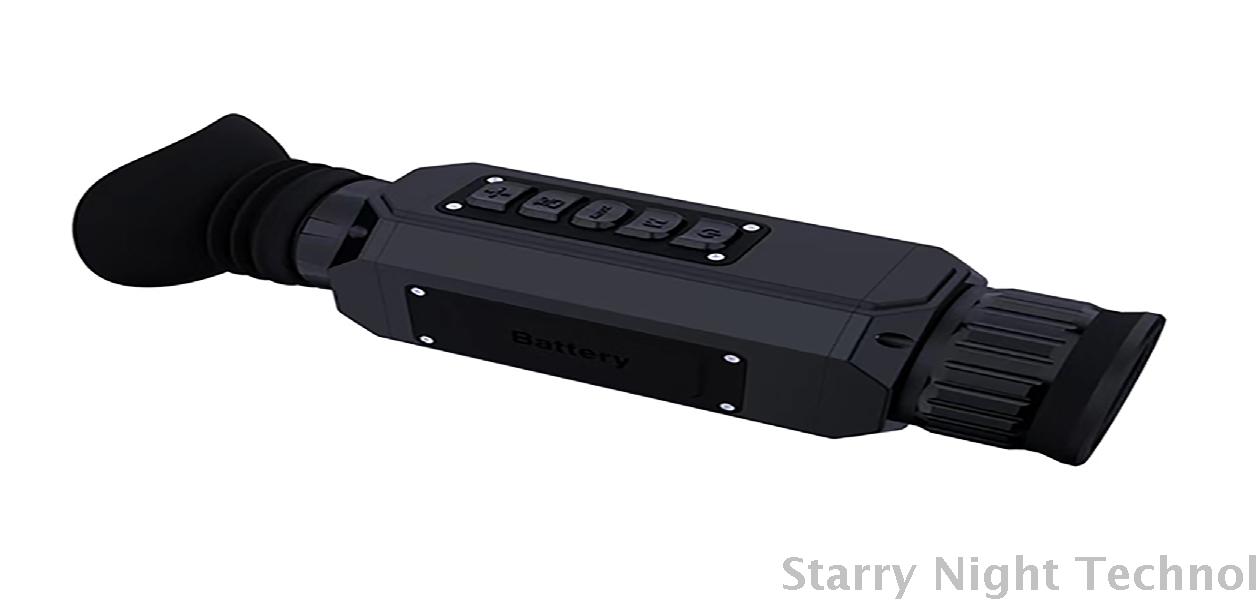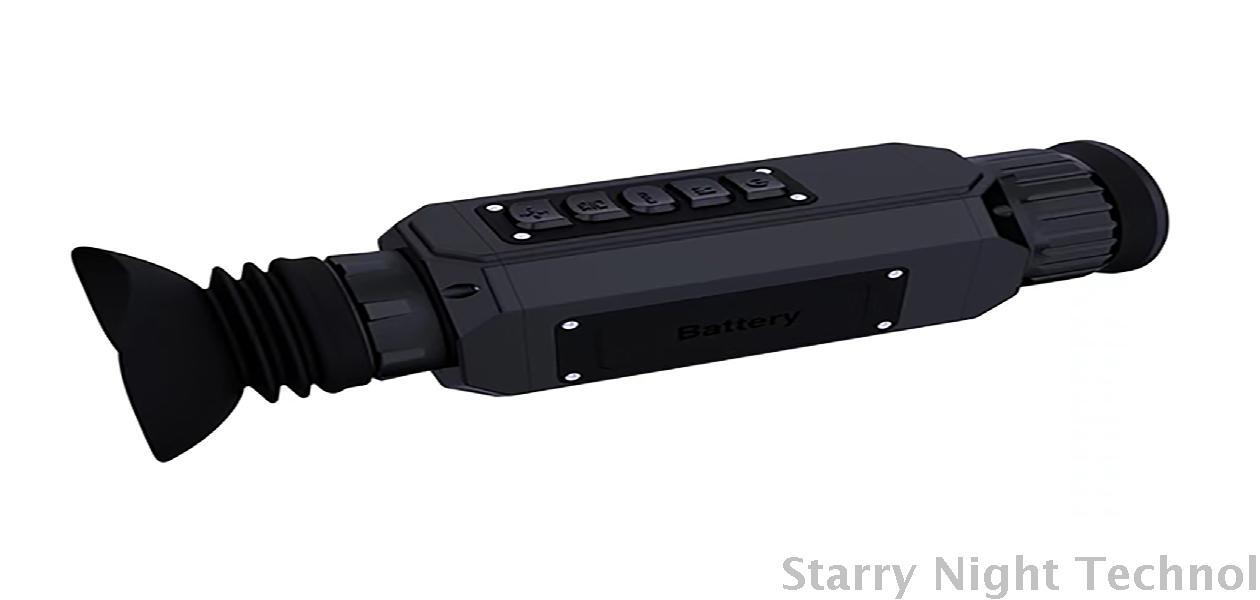Revolutionary Advances in Night Vision Technology for Aviation and Navigation
1754964023000

As the sun sets, most of the natural world slips into darkness, making navigation and visibility a significant challenge. For aviators and navigators historically relying on visual cues, nighttime operations often meant downgraded efficiency and heightened risk. However, revolutionary advancements in night vision technology in recent years have transformed how pilots operate after dark. With applications extending from military to commercial aviation, these cutting-edge developments promise to enhance safety, efficiency, and operational capability.
#### The Evolution of Night Vision Technology
Night vision has roots dating back to World War II when early sight systems employed infrared light to produce images in low-light conditions. These initial designs were bulky and cumbersome, typically reserved for military use. But technological innovation has led to diminutive devices that are not only more effective but also more accessible.
Modern night vision technologies can be broadly categorized into two main types: image intensification (I2) devices and thermal imaging systems.
1. **Image Intensification Devices** utilize photomultiplier tubes to amplify existing light, including starlight and moonlight, producing a green-hued image visible to the human eye. They are highly effective in environments with minimal illumination but do not perform well in complete darkness.
2. **Thermal Imaging Systems**, on the other hand, detect infrared radiation emitted by all objects based on their temperature differences. This allows them to create an image regardless of environmental light levels, proving essential in pitch-black conditions or obscured horizons.
When combined, these technologies differ significantly from one another yet complement each other's capabilities, offering users unprecedented situational awareness at night.
#### Advanced Applications in Aviation
The application of night vision technologies is monumental within the field of aviation. Pilots utilizing such tools report increased confidence while operating under impaired visibility conditions. Here are key advancements revolutionizing aerial navigation:
1. **Head-Up Displays (HUDs):** Modern HUDs have integrated night vision into pilot interfaces, enabling easier access to critical data without diverting attention from flight paths. Enhanced vision systems (EVS) augment this experience by overlaying thermal imagery directly onto cockpit displays, assisting pilots in avoiding obstacles and facilitating safe landings even through fog or rain.
2. **Synthetic Vision Systems (SVS):** Combining real-time weather information, terrain mapping, and outside views generated from synthetic sources, SVS enhances nighttime navigation precision. Innovations like LiDAR allow detailed 3D landscapes to be displayed within cockpits, reducing risks during low-visibility approaches.
3. **Enhanced Optical Equipment:** In the realm of personal equipment, headsets equipped with night vision goggles (NVGs) have seen vast improvements. Newer lightweight materials and ergonomics contribute to usability over extended periods, empowering helicopter pilots and special forces operators during nocturnal missions where situational awareness is paramount.
 #### Impact on Commercial Aviation
#### Impact on Commercial AviationSafety is central to commercial airline operations; thus, upgrading night vision technology is vitally important. Regulatory bodies encourage innovators to build better solutions tailored explicitly for passenger aircraft.
1. **Reduced Ground Incidents:** NVG-equipped ground crews can conduct inspections and facilitate loading processes even in poorly lit airport facilities. Alleviating accidents caused due to limited visibility translates into improved overall operational performance.
2. **Improved Arrival Rates:** Higher accuracy during instrument approaches facilitated by enhanced night vision tech increases arrival rates during unfavorable conditions, minimizing delays affecting millions of passengers globally.
3. **Pilot Training and Simulation:** Realistic simulations enabled by night vision technology prepare incoming pilots for the challenges they may face in night flying. Trainee pilots can benefit from sophisticated simulators incorporating current I2 principles effectively translating classroom theory into practical knowledge.
4. **Regulatory Support:** Various international aviation authorities are recognizing the benefits of advanced night vision systems by adapting safety standards that promote the integration of such technologies for commercial flights, leading to standardization worldwide.
#### Future Trends and Challenges
As we edge further into the 21st century, potential breakthroughs beckon. Augmented reality (AR) stands out as a game-changer, providing heads-up overlays rich in relevant flight-data metrics. Moreover, drone technology will likely leverage night vision extensively, particularly in surveillance, search-and-rescue, and cargo transportation.
However, the evolution isn't devoid of challenges: regulations surrounding privacy concerns must balance drone capabilities with societal norms. Furthermore, ensuring sufficient training and support infrastructure remains crucial to maintaining seamless integration of innovative systems into everyday aviation practices.
#### Conclusion
With modern developments in night vision technology, both aviation and navigational methods are undergoing unremarkable changes. From enhancing pilot safety and confidence to vastly improving public transport reliability during nighttime travel, innovations pave the way forward. The future landscape promises even more dynamic transformations destined to redefine aviation experiences—providing clear visions once constrained by darkness.
night vision deviceStarry Night Technol

